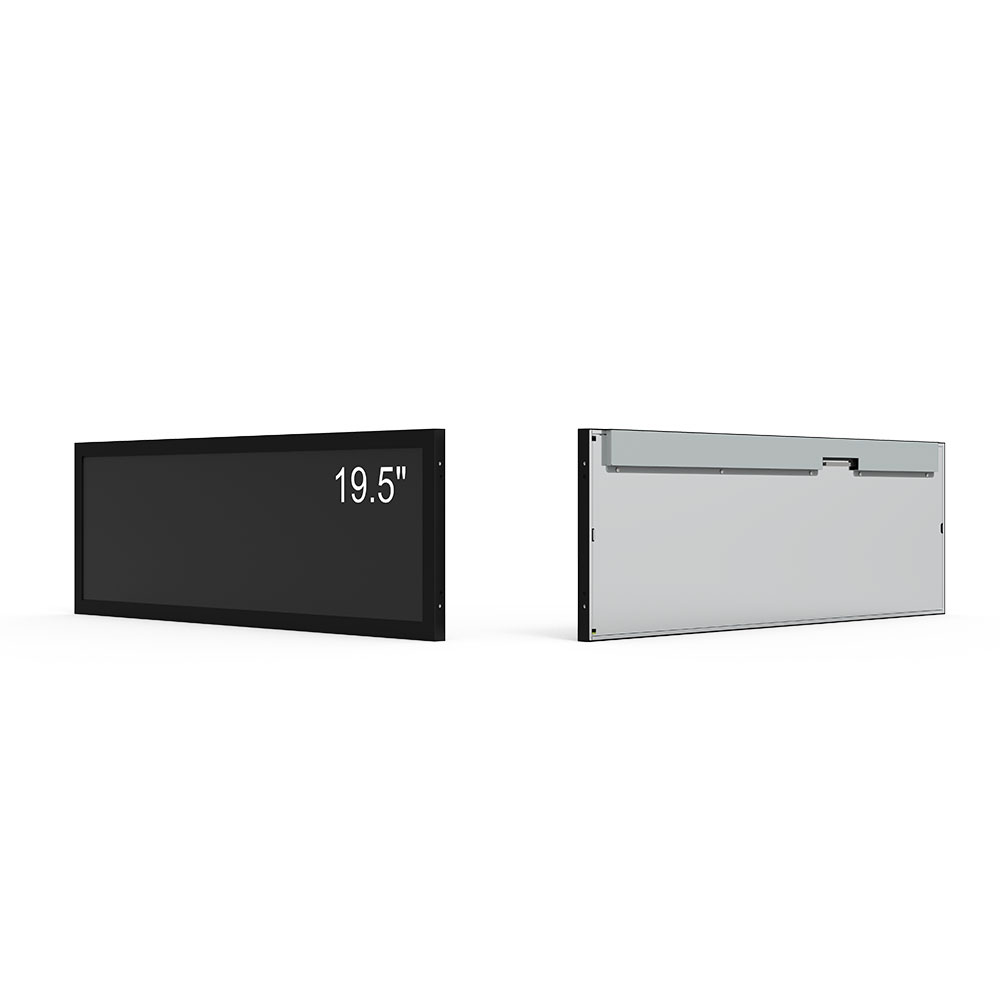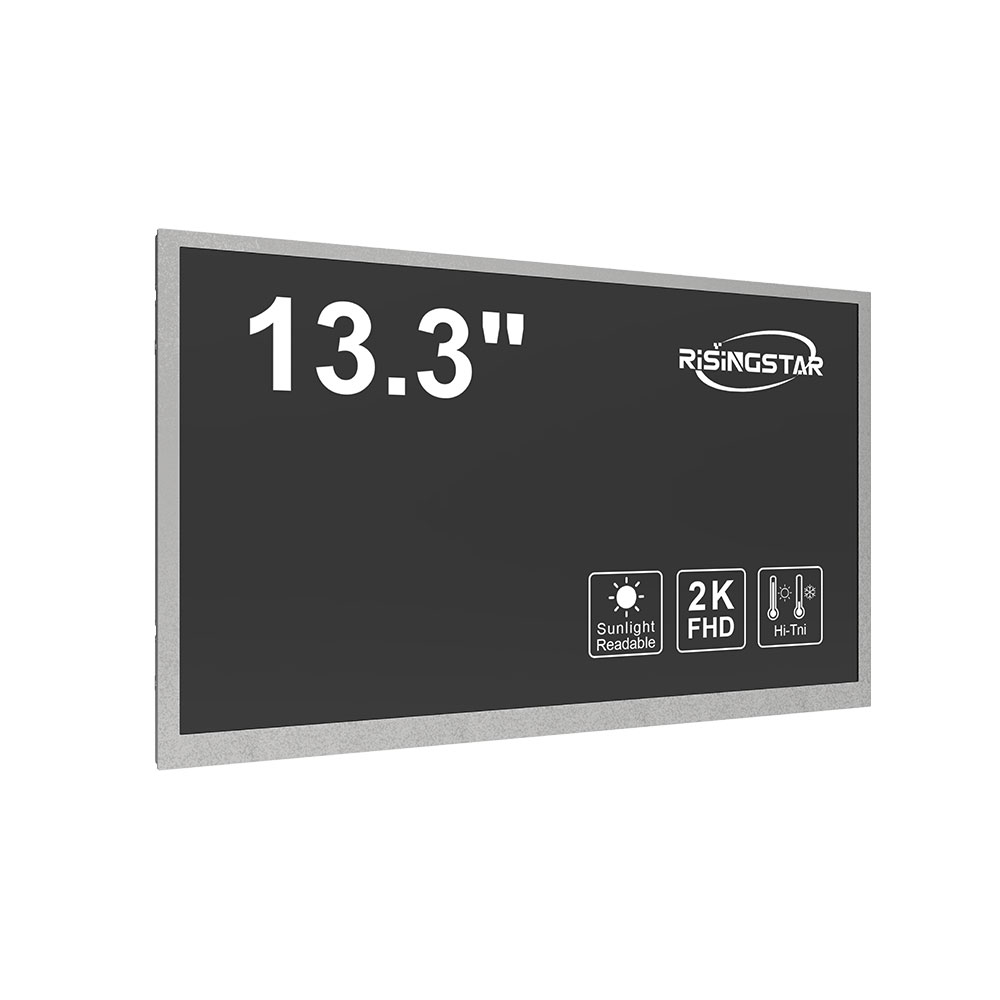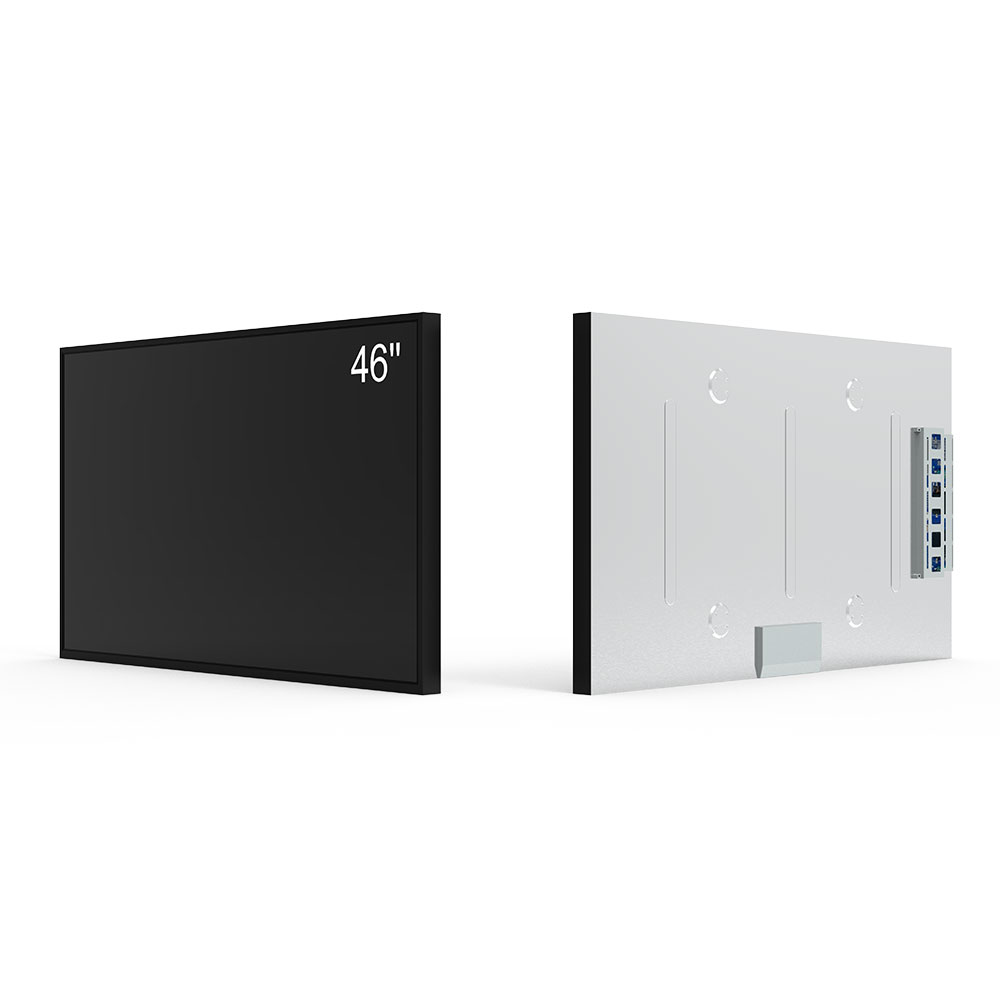In industrial environments, especially those exposed to direct sunlight or high ambient light—such as outdoor construction sites, military operations, transportation systems, and energy infrastructure—standard LCD displays often fail due to poor visibility. This is where sunlight readable high brightness LCD screens become essential.
To ensure optimal performance under extreme lighting conditions, manufacturers must integrate several key technologies:

- High-brightness backlighting: Typically, displays must exceed 5000 nits (cd/m²) to remain legible in full sun. For instance, IK10-rated panels often achieve 7000–10000 nits using LED arrays with advanced optical films.
- Anti-glare coatings: A matte or anti-reflective coating reduces specular reflection by up to 90%, ensuring clear visuals even under harsh sunlight.

- Wide viewing angles and high contrast ratios: With IPS or AS-IPS panel technology, these displays maintain color accuracy and clarity from all angles—a necessity for collaborative fieldwork.
- Ruggedized design: IP65/IP67 ratings protect against dust and water ingress, while MIL-STD-810G compliance ensures durability under vibration, shock, and temperature extremes (-30°C to +70°C).
- Auto-brightness control (ABC): Sensors adjust screen brightness dynamically based on ambient light, reducing power consumption while maintaining readability.

Case studies from the defense sector show that military-grade sunlight-readable LCDs used in UAV ground stations and vehicle dashboards perform reliably at over 8000 nits without visual degradation—even in desert environments. In logistics, companies like Amazon and FedEx use such displays in handheld scanners, significantly improving operational efficiency during daylight hours.
According to the IEC 60068-2-1 test standard, sunlight readability is verified using controlled illumination sources simulating 100,000 lux (equivalent to bright midday sun). Only panels passing this test qualify for true sunlight readability.
Manufacturers must also consider thermal management—high brightness LEDs generate heat. Advanced heat dissipation designs, such as copper heat spreaders and passive cooling solutions, prevent overheating and extend lifespan.
In conclusion, achieving a sunlight readable high brightness LCD display requires a holistic approach: combining hardware innovations, rigorous testing protocols, and real-world application validation. Whether in oil rigs, construction zones, or mobile command centers, these screens are not just an upgrade—they’re a mission-critical component of modern industrial operations.







